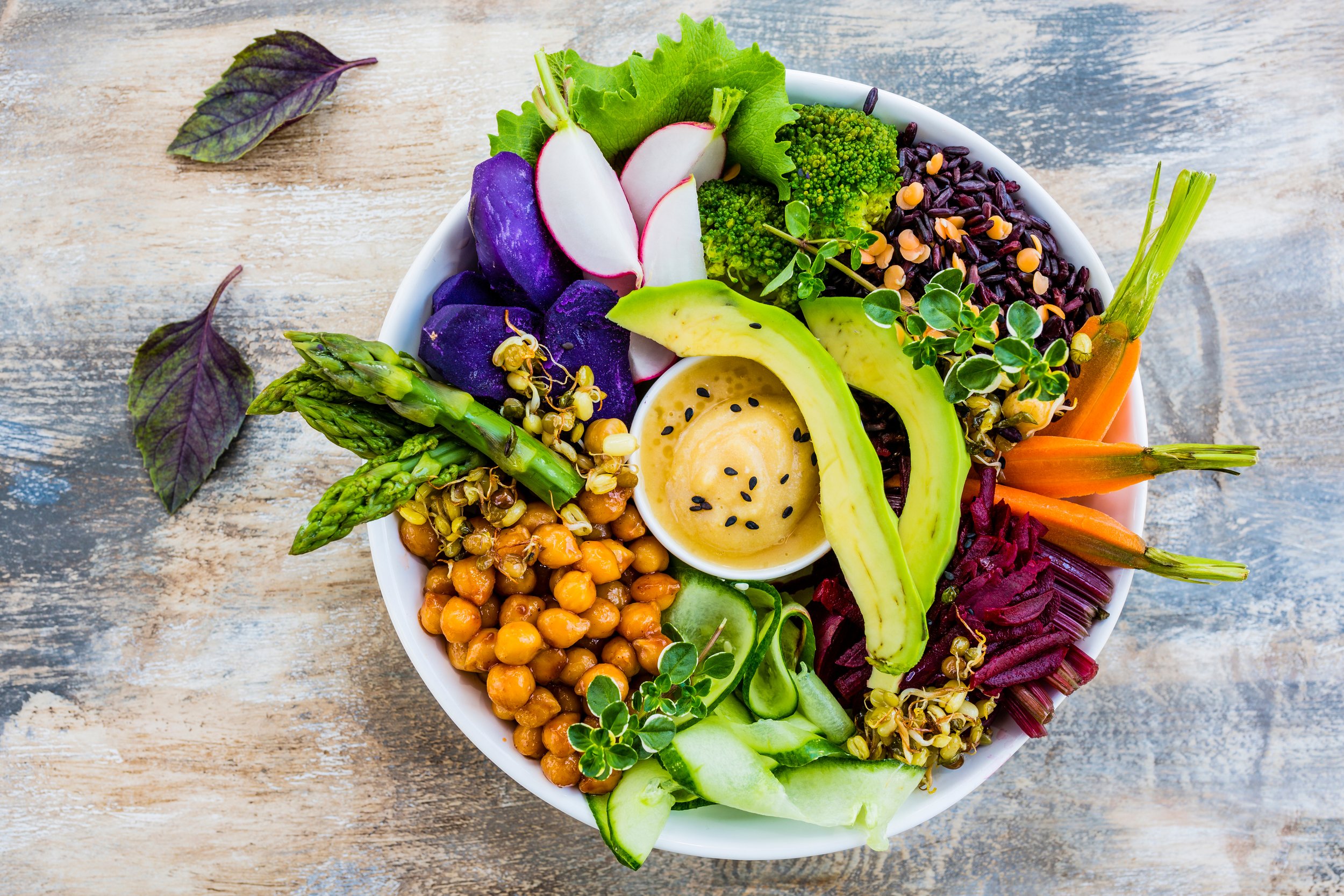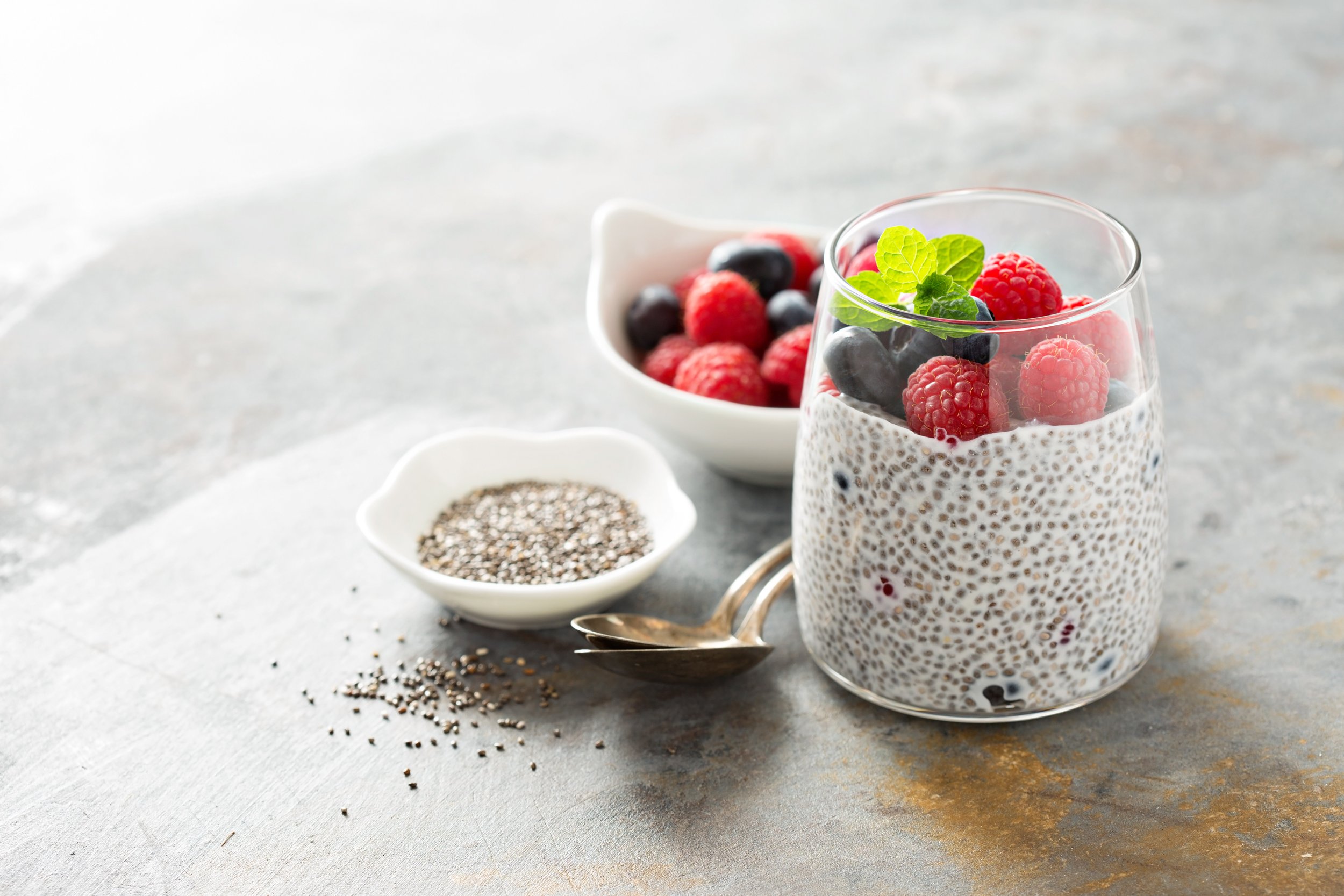We all know that fruits and vegetables are healthy, but when it comes down to adding them to our meals, we often grab something that is quick and easy, and often not nutritionally dense. What I hear all too often is that it takes a lot of time to food prep. I have to tell you, with a little bit of planning, an impactful grocery list, and a little bit of planning your week in regards to food, it’s possible, and It’s possible to do this without spending hours getting all of this together. We can add things that will make a huge impact very simply.
Let’s talk about adding things to breakfast.
Add nut butter and fruit to your morning toast.
Add leafy greens, mushrooms, or peppers to your eggs.
Add pureed carrots, squash, or pumpkin into the pancake batter
Smoothies, the sky is the limit here. Adding leafy greens, flax seed, and even a tablespoon of liver oil will add to the nutritional value. You can add 1-2 cups of leafy greens.
add avocados, mangoes, bananas or cooked carrots/sweet potatoes will also add to the creaminess of your smoothie.
Mid-day snacks:
High-protein hummus or guacamole is a great snack! Substitute carrots, celery, or cucumber rather than chips.
Nuts, nuts, and more nuts! These are really great things to have around all the time. You can’t go wrong with this as a snack.
Dried fruits.
Main Meals:
Add Zucchini, kale, bok choy and broccoli to soups, stew or pasta.
Make your own pizza and use a cauliflower crust. This is a huge hit in my house, and it’s so easy to do. Add tons of veggies to this for a nutritional punch.
Protein. Many pregnancy folks don’t get enough protein throughout the day, and dinner is the perfect time to add this.
Here are some amazing dinner ideas:
If you don’t care for raw vegetables, they are easy to roast.. Toss veggies with coconut, olive oil, seasoning, and set the oven for 400 degrees for about 30 min, This is delicious and simple.
Meal planning does not need to be a laborious task. I typically do this on Sunday mornings, and plan out the dinners for the week. I always have one of the evening be a leftover night, and usually plan on doing take-out for one night. This takes the task of thinking about dinner the day of, and honestly encourages me to make new things. I find that when I don’t meal plan, I make the same meals all of the time. I then go the grocery store at some point that day, and usually purchase the items that I need for the next three to four meals. It does cut down on waste, and I know that the meals are planned and simple. Trust me, with three busy kids before this, we were always eating out and doing takeout. With this simple plan, it takes the guesswork and chaos out of our meal times.
Eat well!
XOXO-HOlly








